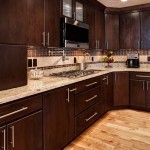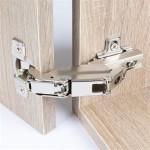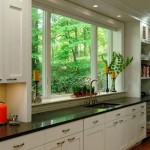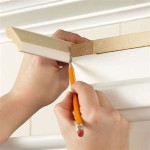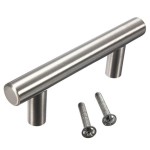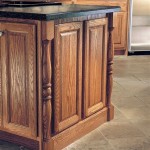Essential Aspects of Kitchen Cabinet Lighting Design
Kitchen cabinet lighting plays a crucial role in enhancing the functionality, aesthetics, and ambiance of your kitchen. By carefully considering the following essential aspects, you can create an optimal lighting scheme that meets your specific needs and preferences.
Task Lighting
Task lighting provides focused illumination for specific work areas, such as the sink, stovetop, and countertops. This type of lighting is essential for performing tasks efficiently and safely. Consider under-cabinet lights, recessed spotlights, or pendant lights positioned directly above the work surface.
Ambient Lighting
Ambient lighting provides general illumination throughout the kitchen, creating a comfortable and inviting atmosphere. Ceiling-mounted fixtures, recessed lighting, or track lighting can effectively diffuse light and create an even distribution. Choose fixtures with warm or neutral color temperatures to ensure a welcoming and pleasant ambiance.
Accent Lighting
Accent lighting highlights specific features or areas within the kitchen, such as artwork, decorative objects, or architectural elements. Picture lights, recessed spotlights, or LED strip lighting can be used to create visual interest and draw attention to specific details.
Color Temperature
The color temperature of light sources is measured in Kelvins (K). Warmer color temperatures (2700K-3000K) create a cozy and comfortable atmosphere, while cooler color temperatures (4000K-5000K) provide a more invigorating and energizing ambiance. Choose the color temperature that best suits the desired mood of your kitchen.
Brightness and Control
The brightness of kitchen cabinet lighting should be adjustable to accommodate different activities and preferences. Dimmable switches or smart lighting systems allow you to control the light output and create the perfect ambiance for any occasion. Ensure adequate brightness for task areas while maintaining a balance with ambient and accent lighting.
Energy Efficiency
LED lights are a highly energy-efficient lighting option for kitchen cabinets. They produce minimal heat, are durable, and have a long lifespan. By choosing LED fixtures, you can save on energy costs and reduce your environmental impact.
Consider the Style
The style of your kitchen cabinet lighting fixtures should complement the overall design of the kitchen. Traditional kitchens may suit classic pendant lights or sconces, while modern kitchens can benefit from sleek under-cabinet bars or recessed spotlights. Choose fixtures that enhance the aesthetics of the space and create a cohesive look.
Safety Considerations
Electrical safety is paramount in kitchen lighting design. Ensure all fixtures are installed correctly and meet electrical codes. Avoid placing light sources directly above cooking surfaces to prevent grease buildup and fire hazards. Consider using heat-resistant fixtures in areas near heat sources.
Professional Consultation
If you are uncertain about designing an effective kitchen cabinet lighting scheme, consider consulting a professional lighting designer. They can provide expert guidance on product selection, placement, and installation, ensuring a tailored solution that meets your specific requirements.

Kitchen Cabinet Lighting Ideas For Your Home Design Cafe

Kitchen Cabinet Lighting Ideas For Your Home Design Cafe

Tips To Choose The Best Under Cabinet Lighting In Your Kitchen Hipcouch Complete Interiors Furniture

How To Install Led Under Cabinet Lighting In Kitchen Furniture Design Light Sp Z O

Best Under Cabinet Lighting Recommendations From Design Pros Aterra Designs

9 Best In Cabinet Lighting Options And Ideas

How To Design Kitchen Cabinet Lighting

16 Tranquil Kitchen Cabinet Lighting Designs

What You Need To Know About Under Cabinet Lighting

10 Kitchen Under Cabinet Lighting Ideas 2024 Ones Design Inside Cabinets
Related Posts

